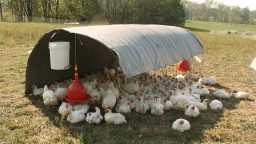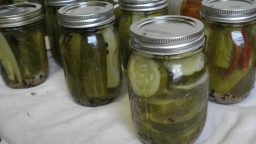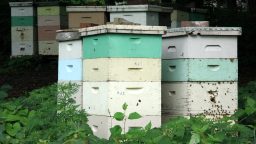Given the drastic lifestyle changes inherent in making the transition from typical modern life to homesteading, preparation is a must. Along with gathering tools and resources, one should not overlook practicing the skills that are soon to be a regular part of your life, but which are typically unfamiliar to those living in suburban or urban settings. While not everything can be simulated, even a little experience can provide you with the skills and attitude that can transfer to many other aspects of your new homesteading life.
Gardening
Starring at a plot of fallow ground without having any experience gardening can be intimidating and can lead to less than desirable results. Starting big for your first time can have you waste time and energy. Nearly everyone, despite their space and living arrangements, can grow some food. This will help you learn about plant care, pest control, sustainable harvest, and crop selection. Even if you live in an apartment without ground access you can grow in containers if you have a balcony. Fruiting plants like tomatoes, peppers, and eggplant can be successfully and effectively grown in containers. Greens like kale, chard, and Okinawan spinach do well in containers. Culinary and medicinal herbs such as basil, mint, feverfew can thrive in containers.
Animal Husbandry
Like gardening, raising small domestic animals can still teach you the basics about how to properly care for and how to deal with possible and inevitable difficulties that go along with animal husbandry. For those who can raise a few chickens or ducks in their backyard, this would be a great place to start. First-hand observation will teach you more about your animals than any amount of reading or watching YouTube videos ever could. You will learn first-hand through trial and error things like proper containment, effective methods of keeping predators away from your animals, and parasite and other health management. Perhaps the most difficult to thing to learn without actual experience is slaughtering. It is one thing to read about the methods of slaughtering an animal that you have put months if not years of care into raising, and it is another to actually do it yourself. But it is a reality that one will have to understand if one is going to raise animals for food.
Food Storage
Resource conservation of all sorts is going to be an everyday part of life for those that are homesteading. One way to prepare yourself for this now is to practice food preservation and storage such as canning and dehydrating. Buying vegetables such as tomatoes and green beans while they are on sale and canning them for when they are out of season and more expensive is great practice for resource conservation. Likewise growing your own herbs and dehydrating them for the winter months will be good experience for food preservation and resource conservation.
Preparing now for the new changes and challenges that one will have to face when beginning homesteading can make the difference between a stressful failure and an exciting new way of life. Good luck.
If you liked this, you might also enjoy…







